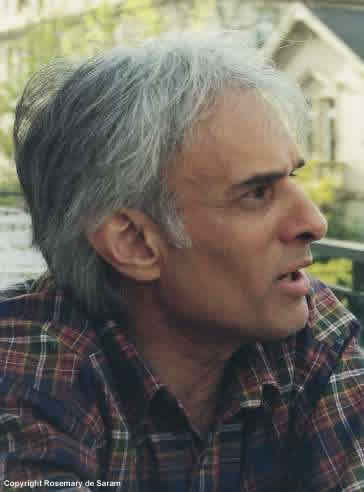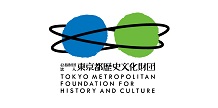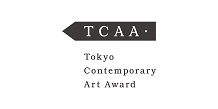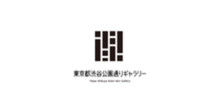Rohan de SARAM
Rohan de SARAM
update: 2010.9.1
- Name
- Rohan de SARAM
- Genre
- Sound & Music

Profile
Rohan de Saram, a cellist, studied cello from the age of 11 with Pablo Casals and others.
He was invited to give his Carnegie Hall debut in 1960 with the New York Philharmonic.
Rohan has performed with the major orchestras of the world and with conductors such as
Zubin Mehta and Seiji Ozawa. In recent years he has taught at The International Summer
Course for New Music Darmstadt and given solo and ensemble recitals.
"There are few of his generation that have such gifts" - Pablo Casals.
"A rare genius, a born musician, an amazing young cellist" - Dmitri Mitropoulos.
Piatigorsky presented him with a special bow after a recital in America.
Although he has been more recently known as an outstanding performer of contemporary music, it was as a classical artist that he made his name as a teenager and in his twenties and thirties. Having studied cello from the age of 11 with Gaspar Cassado in Italy in Siena and Florence, he was awarded, at the age of 17, the coveted Suggia award to study in the UK with John Barbirolli and in Puerto Rico with Pablo Casals. At the invitation of Dmitri Mitropoulos, who described him in 1957 as "a rare genius... .a born musician... an amazing...cellist", Rohan was invited to give his Carnegie Hall debut in 1960 with the New York Philharmonic, playing Khatchaturian's Cello Concerto under the baton of Stanislaw Skrowaczewski.
Rohan has performed with the major orchestras of Europe, USA, Canada, Australia and the former Soviet Union with conductors such as John Barbirolli, Adrian Boult, Zubin Mehta, Seiji Ozawa and William Steinberg, as well as with composers conducting their own works such as Luciano Berio. After the UK premiere of Il Ritorno degli Snovidenia for cello and orchestra Berio said of him: "Your performance of Ritorno is splendid, but besides Ritorno, your sound, your perfect intonation, your phrasing and bowing technique, make you a great performer of any music." As a result Berio wrote for him his final Sequenza, no XIV, for solo cello which, as a tribute to Rohan, includes large sections based on the rhythms of the Kandyan drum of Sri Lanka, an instrument which Rohan himself has played since his childhood in Sri Lanka.
Rohan has worked with Kodaly, Shostakovich, Poulenc and Walton, as well as more recently with many leading contemporary composers such as Pousseur, Xenakis and Berio who have, amongst others, written works for him. Some of his recordings include Vivaldi's Sonatas, Rubbra's Soliloquy for cello and orchestra, Britten's Cello Suites No 1-3, John Mayer's Ragamalas & Prabhanda, Xenakis' Kottos and Carter's Figment I and II. Rohan's recordings of Berio's Sequenza XIV was released by Mode in April 2006 and awaits its release on Edition Zeitklang (also including works by Xenakis, Carter, B. A. Zimmermann, Ruzicka, Gelhaar, Pröve and Steinke). Upcoming recording projects include Feldman's Trio.
In December 2004 Rohan was awarded an honorary D. Litt. from the University of Peradeniya , Sri Lanka. A year later, in December 2005 he received the Deshamaniya, a national honour of Sri Lanka, given by the President of Sri Lanka.
Since leaving the Arditti Quartet in November 2005, Rohan has taught and given solo and ensemble recitals at Darmstadt Summer School, Avant-garde Tirol and Ruemlingen Festival, Switzerland. He has been invited to play a wide range of repertoire as soloist and in duos, trios & ensembles at venues in Germany, Austria, Italy, Spain, Holland, Switzerland, Scotland, Cyprus & England. His concerts next year will take him to Mexico, Argentina, Canada, Japan, Sri Lanka and the USA as well as to many European venues including the Gulbenkian Foundation, Lisbon, the Ultima Festival, Oslo, the Sound Festival, Aberdeen and Musicadhoy, Madrid. The successful collaboration with trumpet player Rajesh Mehta in the Innovative Music Meeting will also continue.







